The federal government will begin enacting consolidated food safety regulations, which come into force starting on January 15, 2019.
If you are a business that imports or prepares food for export across provincial and territorial borders, you will need to have the following three items in place:
- Licenses
- Preventative Controls
- Trace-ability
To get the full details please visit this website.
Download our webinar replay and presentation deck on this topic. Click here.
For small businesses, it is easy to obtain licenses and has documented procedures on how to handle unsafe food; but, without a food-specific ERP system, it is very time-consuming to comply with the new trace-ability requirements.
Under the new regulations, you must be able to trace forward to the immediate customer and backward to the immediate supplier (one step forward, one step back).

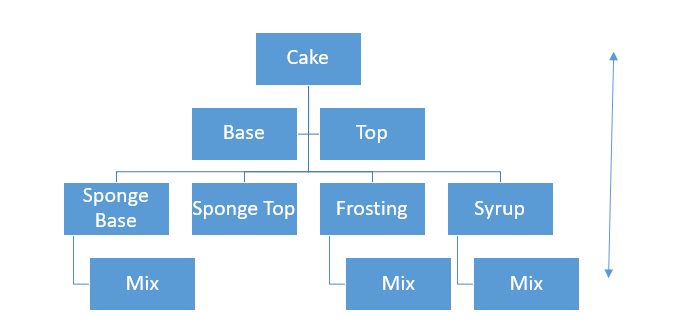
Example
Using the item tracing in Microsoft Dynamics 365 Bbusiness Central you can type in an item or batch record and trace down through the BOM to identify where it was purchased.
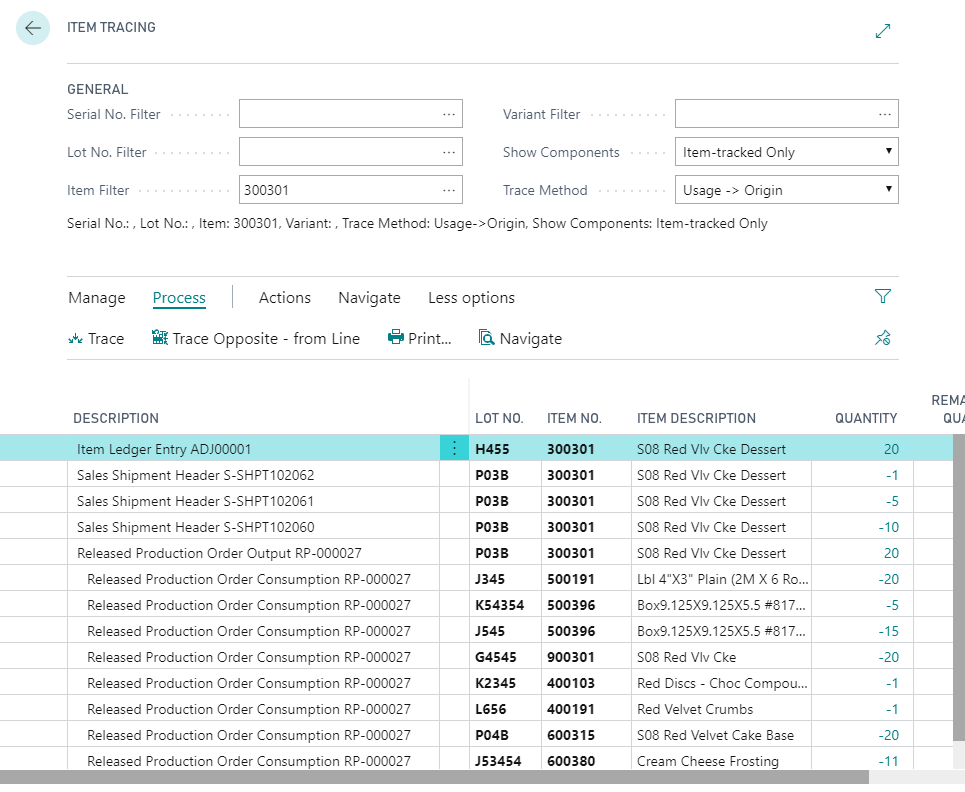
Once you have identified the containment or bad batch, you can review the associated documents.
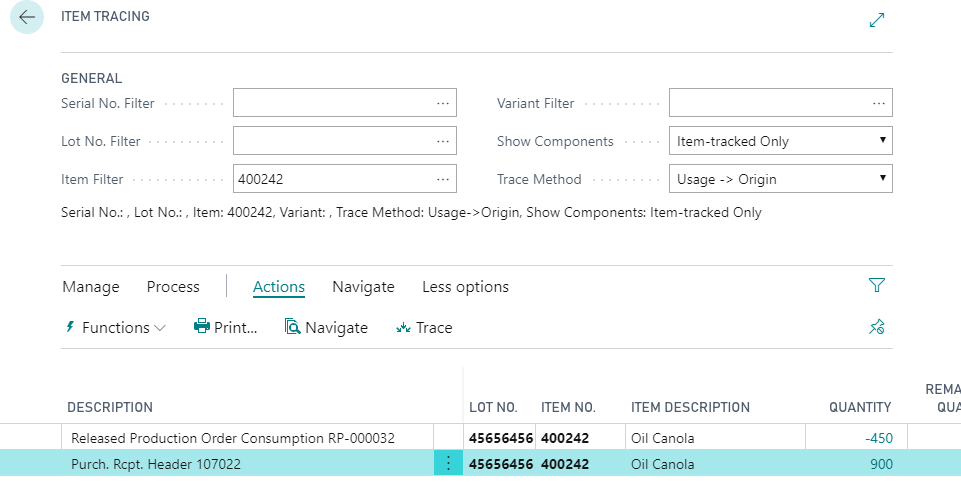
You can look at the receiving document, where it was used, who received and inspected the batch.
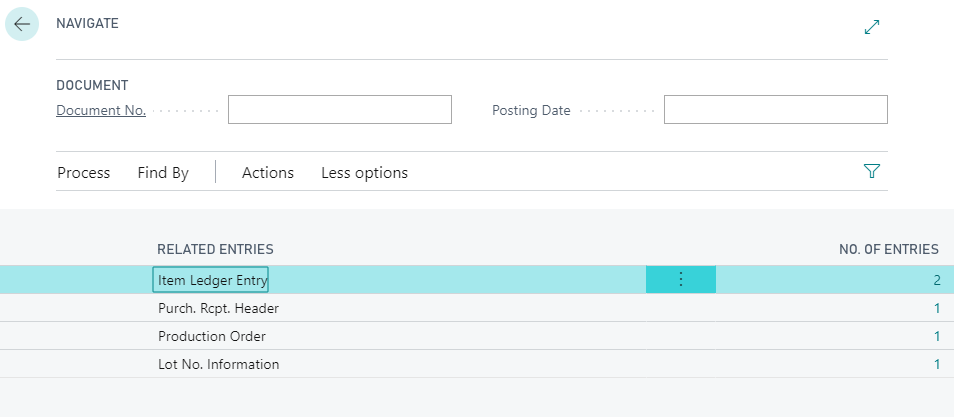
In this example:
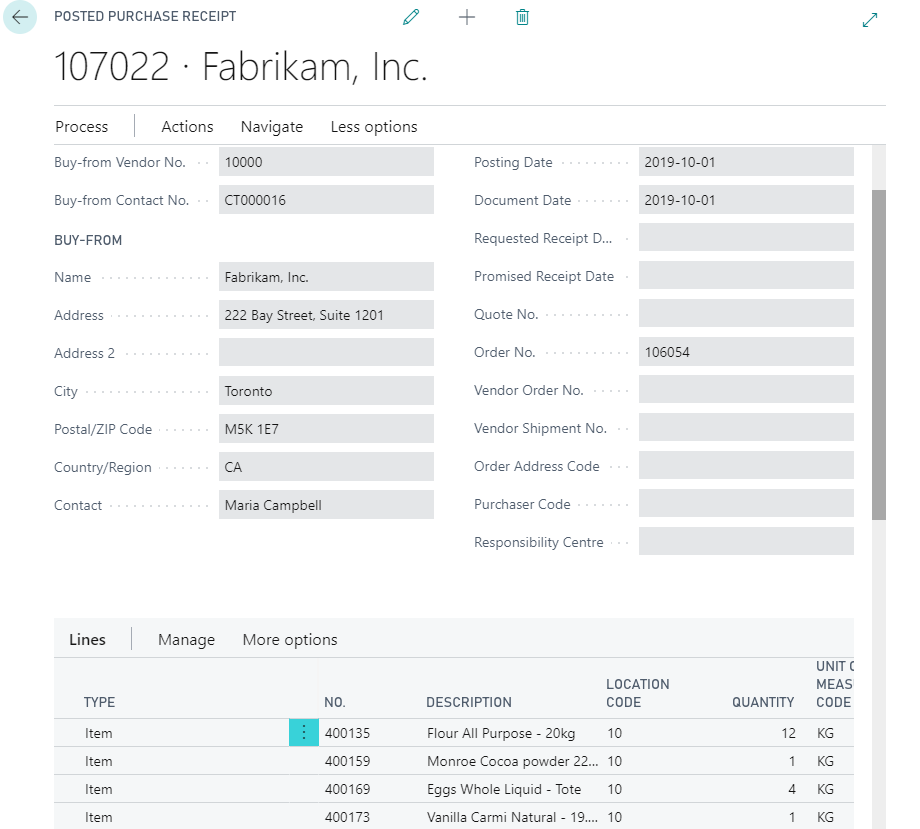
You can see many items were received on the same truck. Perhaps if there was a containment on the truck you might need to review where all of the items where used.
In this example, there is actively 450 KG of expired product on hand.
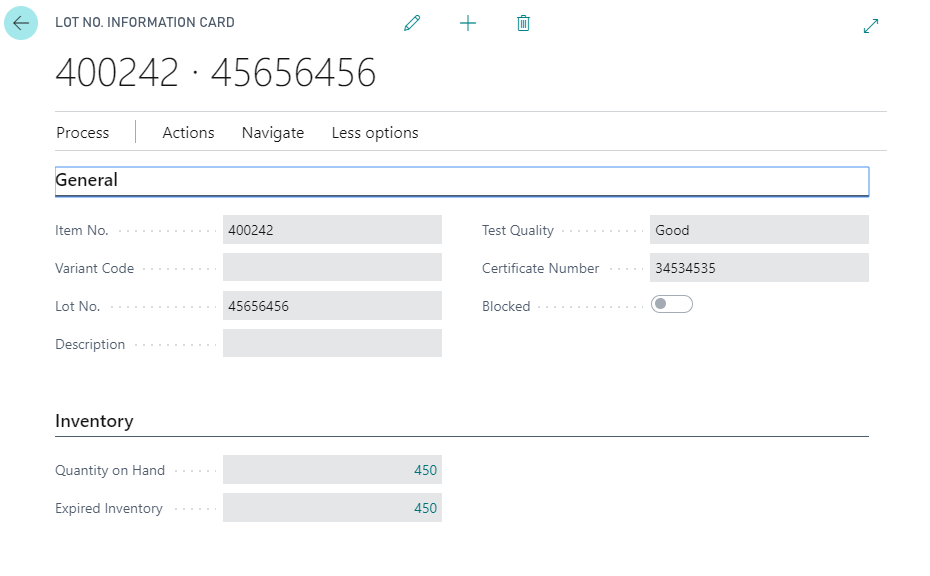
As a food safety auditor, you can immediately block the lot number and prevent further contamination or use of this product in the business system until it is moved, red-tagged and dispositioned.
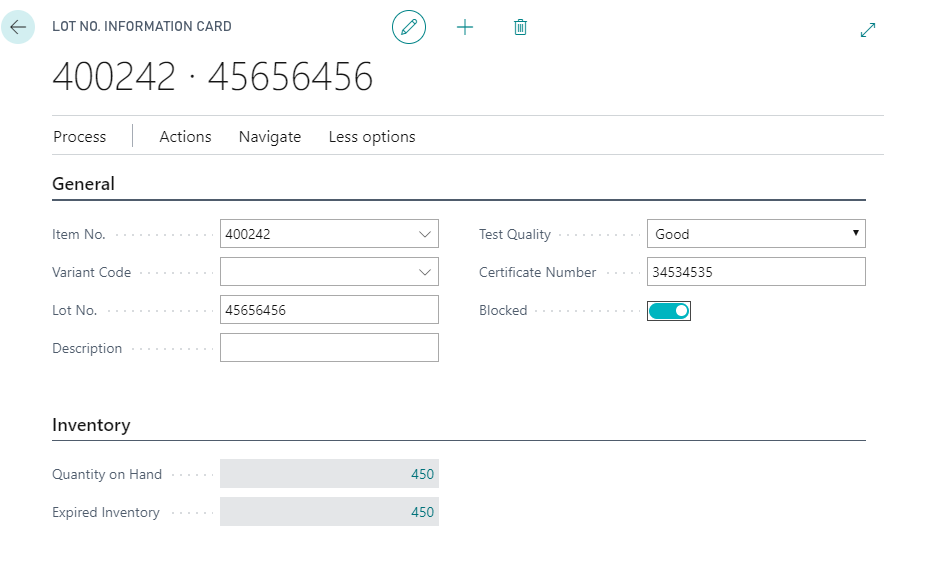
The system will automatically track and dates/comments or notes of your actions with additional comments or tasks that you can assign as a part of your investigation. For instance, you might find the certificate number and review the inspection results.

Then use the item trace to trace all suspect raw materials upward through the batch records to end customers.
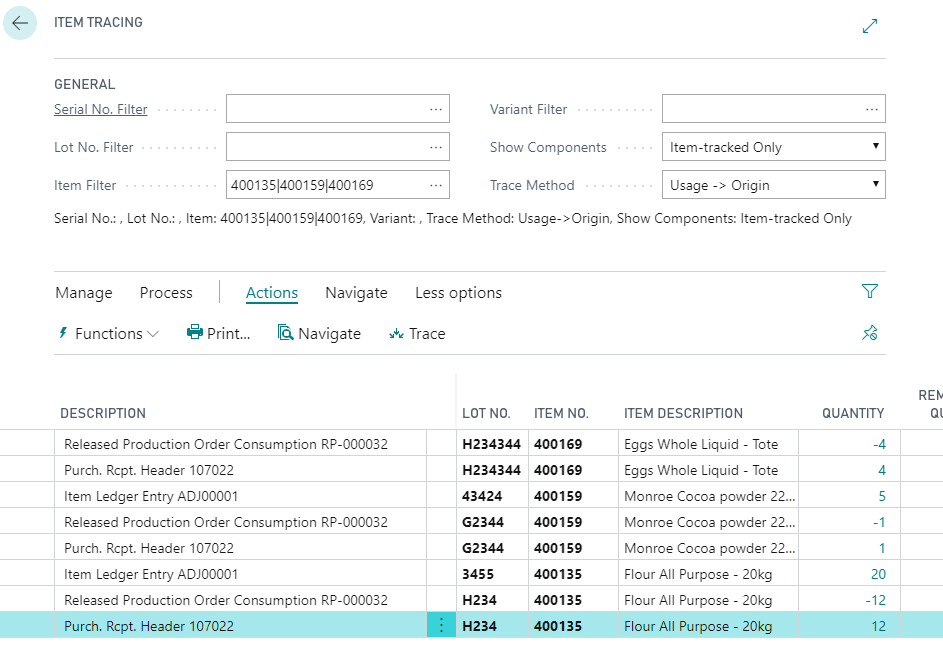
In this example, we have traced the batch through to 3 shipments.
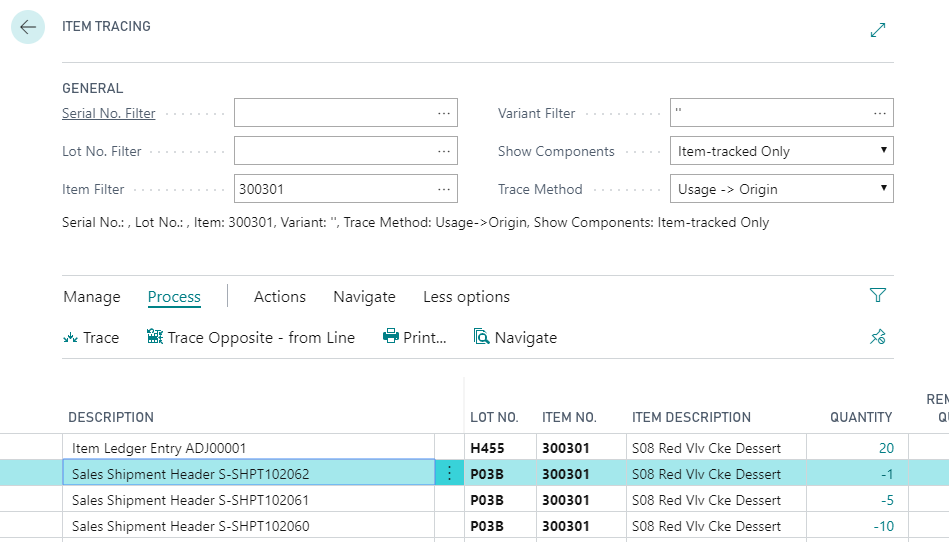
Summary
there are 6 commodity specific divisions that require traceability.
- Division 1: Application
- Division 2 Dairy Products
- Division 3: Eggs
- Division 4: Processed Egg Products
- Division 5: Fish
- Division 6: Fresh Fruits or Vegetables
- Division 7: Meat Products and Food Animals
Why it matters
While many businesses in Canada have simple trace-ability records in place, others do not. This can impact the effectiveness and timeliness of food safety investigations and recalls.
Businesses that trace the source of each food supplied to them (one step back) and its next destination (one step forward) can access timely and precise information as needed. This can significantly reduce the time it takes businesses to remove unsafe food from the market. This will better protect Canadians and increase confidence in Canada’s food safety system. Learn more at www.inspection.gc.ca/safefood.
Interested to know more?
If you would like to see Microsoft for Food Manufacturing Software download our webinar replay – Food Safety and Trace-ability software requirements in 2019 – Click here.
Blog post by Mike Fontaine – Solutions Expert at Vox ISM

Mike Fontaine is a 20 year ERP veteran and APICs certified. Over the past 16 years, Mike has supported over 500 customers nationally, and he regularly presents Microsoft Dynamics software to executives (approximately 5000+ meetings) in the past 11 years.
Connect with Mike Fontaine on LinkedIn.
